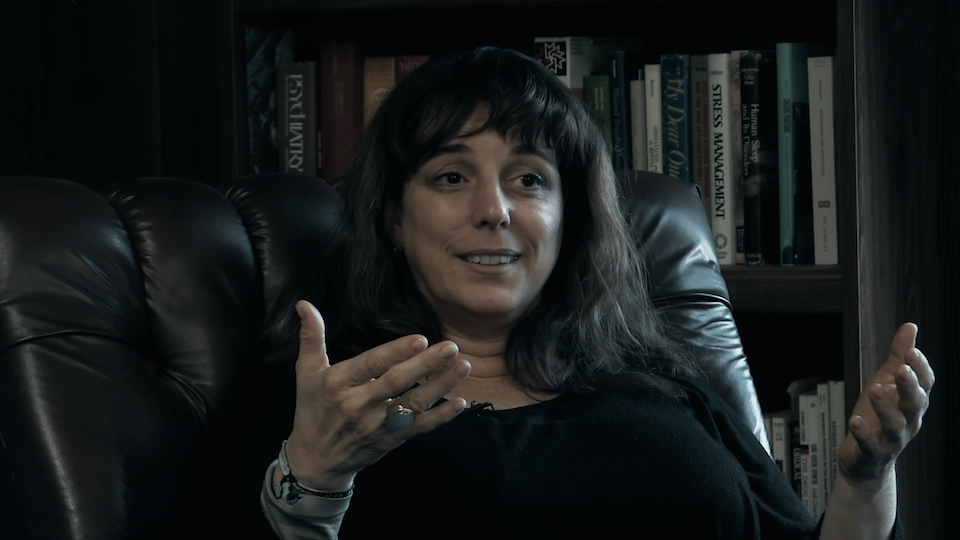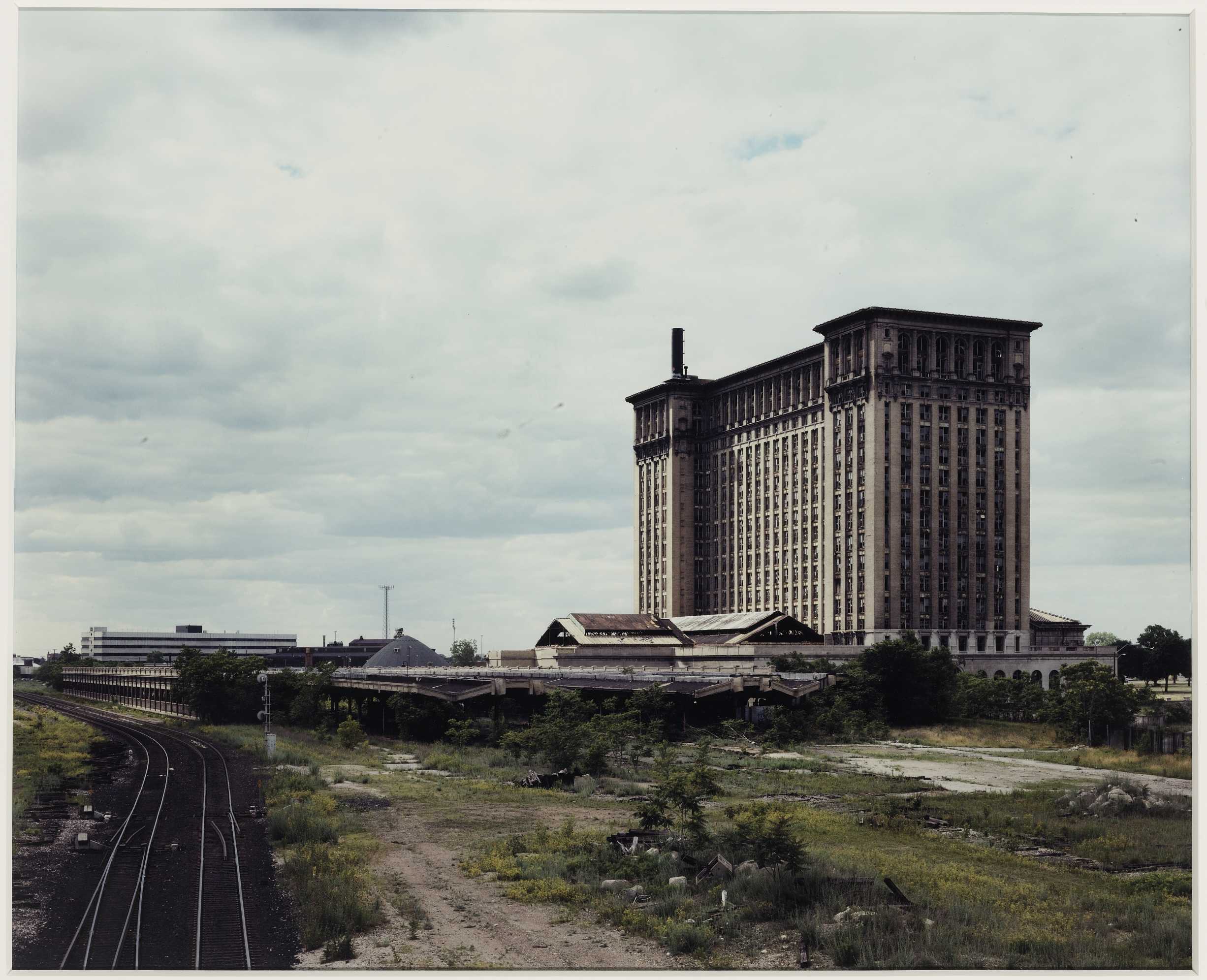Herculine's Profecy
2017 - Sculpture (Sculpture)
243.84 x 121.92 cm
Juliana Huxtable
Herculine’s Prophecy by Juliana Huxtable features a kneeling demon-figure on what appears to be a screen-print, placed on a wooden table, which has then been photographed and digitally altered to appear like a book cover, with a title and subtitle across the top, and a poem written across the bottom. This composition is stuck to a metal plate by a series of button magnets, with interjecting phrases on them. The juxtaposition between the mysogynistic, almost puritan poetry that stripes across the bottom and the powerful crouching pose that the femme demon assumes inverts the hegemonic text , instead creating a space of alterity. The semi-deconstructed book-cover, denotes the seepage of this potential ontological reality (contained within this unwritten book) into the world, allowing Juliana Huxtable’s creation an added layer of possibility.
Writer, artist, performer, and DJ Juliana Huxtable explores intersectional identity through her multidisciplinary practice, which seamlessly blurs the lines that typically separate methods of artistic production. Her work draws from her life experiences, as well as marginalized internet communities, oftentimes featuring hybrid humanoid forms that deeply probe representation of selfhood. In their self-consciously constructed visual ontologies, Huxtable develops a double edged practice that is, on the one hand, a critique of systemic sexist and misogynist power structures, body disassociation and dysmorphia, and on the other, a world-making that frames the radical potential of new technology. Avoiding concrete conclusions, these potentialities become propositions and provocations with which the audience must grapple.
Colors:
Other related works, blended automatically

© » KADIST
Catherine Opie
1994Although best known as a provocateur and portraitist, Opie also photographs landscapes, cityscapes, and architecture...

© » KADIST
Catherine Opie
1987In this work, a woman sits on a couch with her shirt pulled up to expose her pierced nipples, which are connected by a chain...

© » KADIST
Nathaniel Dorsky
2010Dorsky’s pieces included in the Kadist Collection are small still photographs from twelve of his most important films...

© » KADIST
Kate Gilmore
2008In the six-minute single-channel video Higher Horse , Kate Gilmore perches herself on top of a tall pile of plaster blocks, in front of a pink colored wall with vein-like streaks of red...

© » KADIST
Lynn Hershman Leeson
2016Tania Libre is a film by Lynn Hershman Leeson centered around renowned artist Tania Bruguera and her experience as a political artist and activist under the repressive government of her native Cuba...

© » KADIST
Gregory Crewdson
2005Forest Gathering N.2 is part of the series of photographs Beneath the Roses (2003-2005) where anonymous townscapes, forest clearings and broad, desolate streets are revealed as sites of mystery and wonder; similarly, ostensibly banal interiors become the staging grounds for strange human scenarios...

© » KADIST
Sharon Lockhart
2008Lockhart’s film Lunch Break investigates the present state of American labor through a close look at the everyday life of the workers at the Bath Iron Works shipyard—a private sector of the U...

© » KADIST
Claudia Joskowicz
2008The primary interest in the trilogy is Joskowicz’s use of cinematic space, with long tracking shots that portray resistance to habitual viewing experiences of film and television...

© » KADIST
Stan Douglas
1997Michigan Central Station is part of a larger photographic series, Detroit Photos , which includes images of houses, theaters, stadiums, offices, and other municipal structures...

© » KADIST
Catherine Opie
1993Like many of Opie’s works, Mike and Sky presents female masculinity to defy a binary understanding of gender...

© » KADIST
Wong Hoy Cheong
2004Re: Looking marks a new phase in Wong’s work which connects his region’s history with other parts of the world...

© » KADIST
Sharon Lockhart
2011Visalia Livestock Market, Visalia, California results from Lockhart’s prolonged investigation of an agricultural center and community...

© » KADIST
Catherine Opie
1987Catherine Opie’s candid photograph Cathy (bed Self-portrait) (1987) shows the artist atop a bed wearing a negligee and a dildo; the latter is attached to a whip that she holds in her teeth...

© » KADIST
Regina José Galindo
La Sombra (The Shadow) is a video of Regina Jose Galindo performing with a moving Leopard tank...

© » KADIST
Chen Chieh-Jen
2010Empire’s Borders II – Passage and Empire’s Borders II – Workers are from the three-channel film installation Empire’s Borders II – Western Enterprise, Inc...





